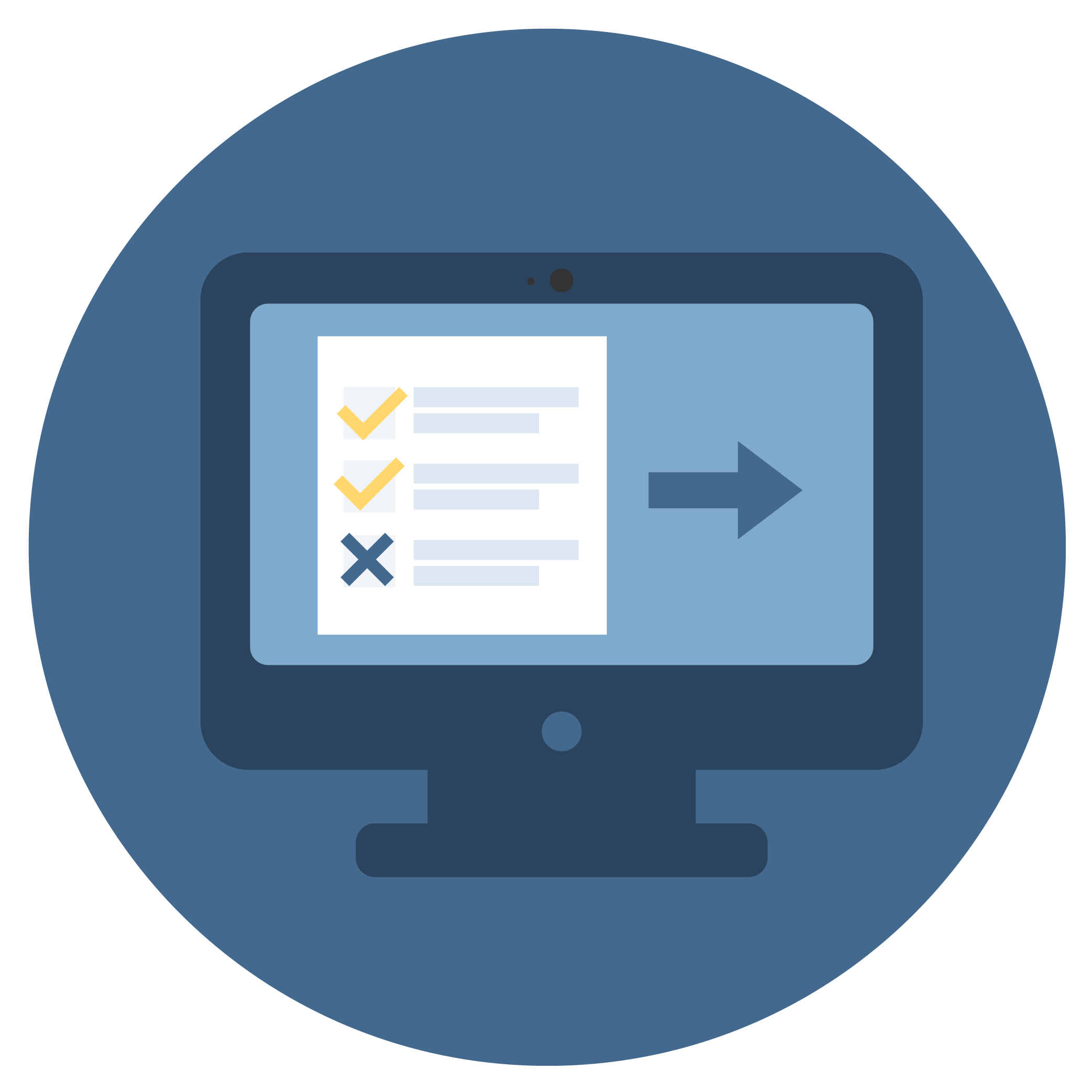Dangerous waste guidance
Many businesses in Washington generate some type of dangerous waste — waste that is harmful to human health and the environment. Businesses must follow the Dangerous Waste Regulations to ensure they properly handle and dispose of dangerous waste.
Learn more about dangerous waste
Dangerous waste basics
Most businesses will need to designate waste. This helps determine the type of waste you have, your generator category (small, medium, large), and your management and disposal options. Visit our Dangerous Waste Basics page to get started.
Common dangerous waste
Learn how to properly manage common types of dangerous waste that most businesses have (like, cleaners, batteries, solvent wipes, etc.) and those that may be unique to your type of business (like, dental offices, dry cleaners, etc.).
Dispose, recycle, or treat dangerous waste
Businesses that generate dangerous waste are responsible for it cradle-to-grave. Most businesses hire a hazardous waste service provider to handle all aspects of proper disposal, although some generators may choose alternative options such as treatment-by-generator if they meet certain criteria. Learn more about how to dispose, recycle, or treat dangerous waste.
Dangerous waste reports and fees
Depending on the amount of dangerous waste you generate and other factors, you may be required to submit a Dangerous Waste Report or pollution prevention (P2) plan (or both). You may also be subject to fees, such as the hazardous waste generation fee or hazardous waste planning fee. Learn more about dangerous waste reports and fees.
Related links
Contact information
Need help?
Contact a dangerous waste inspector in your region.


